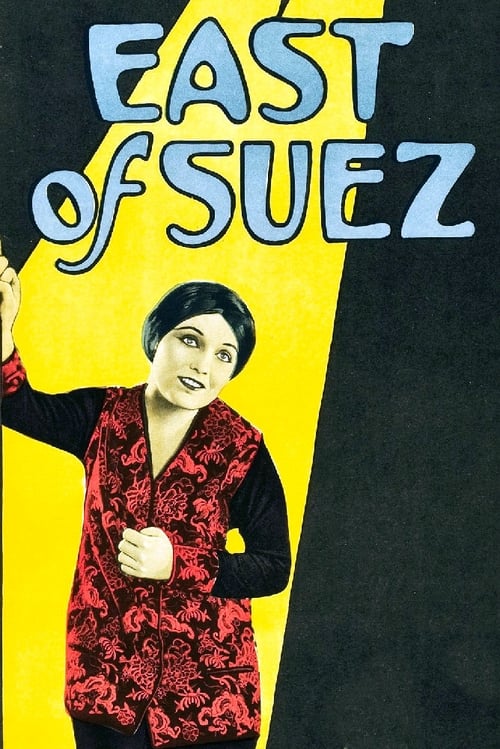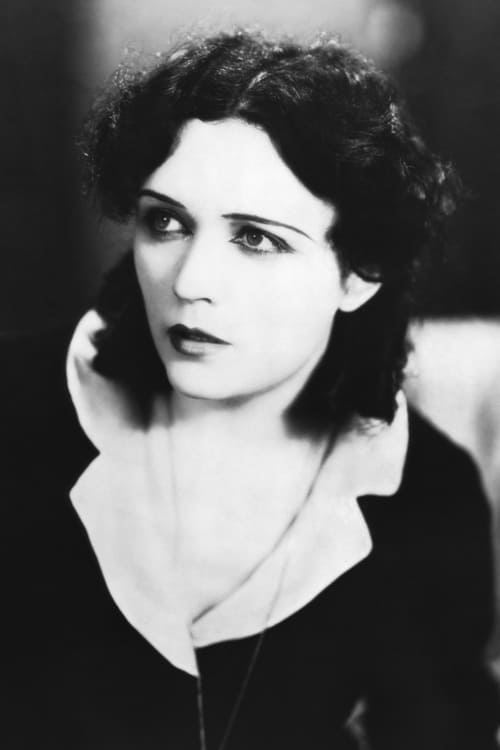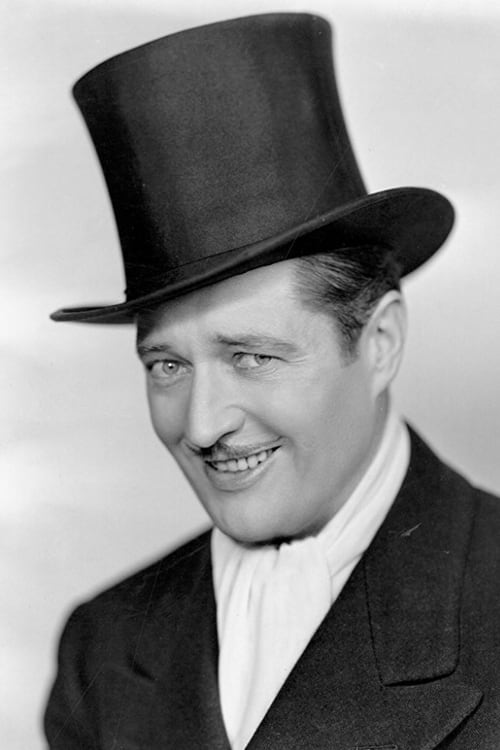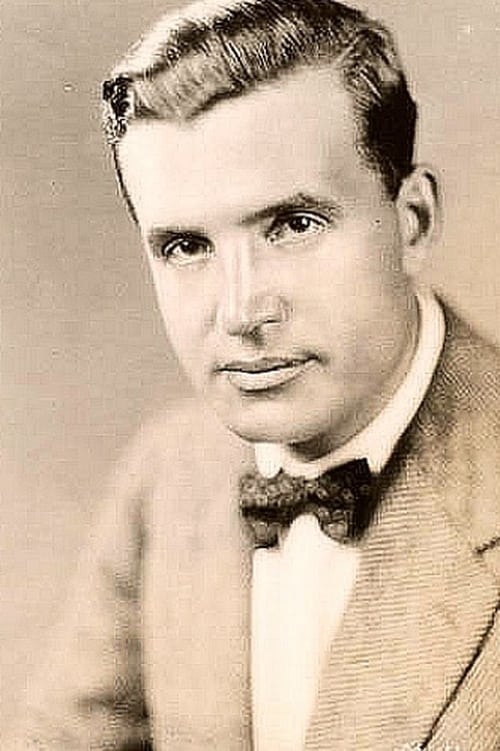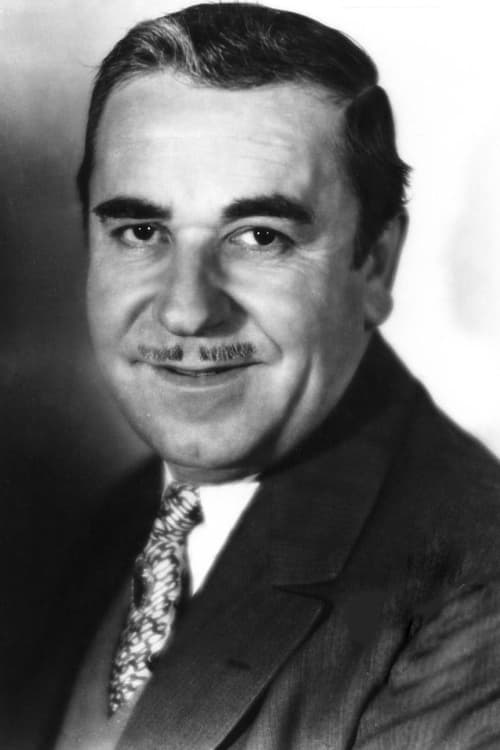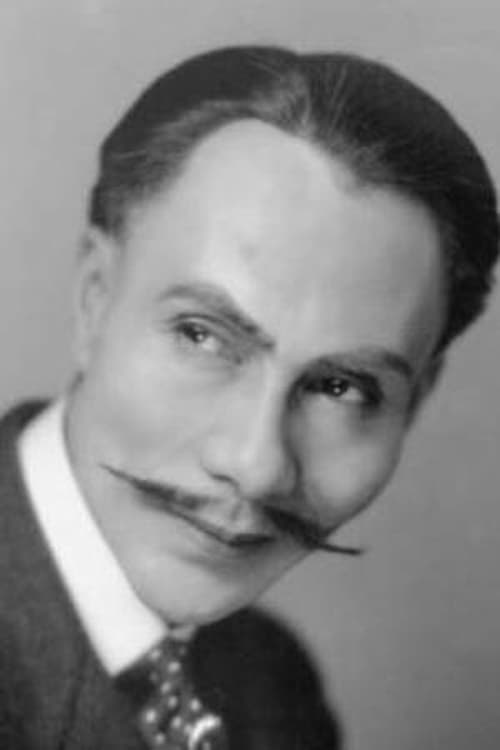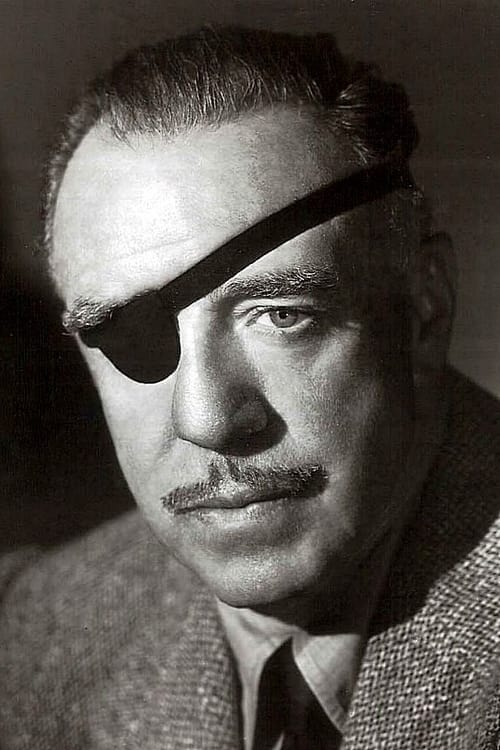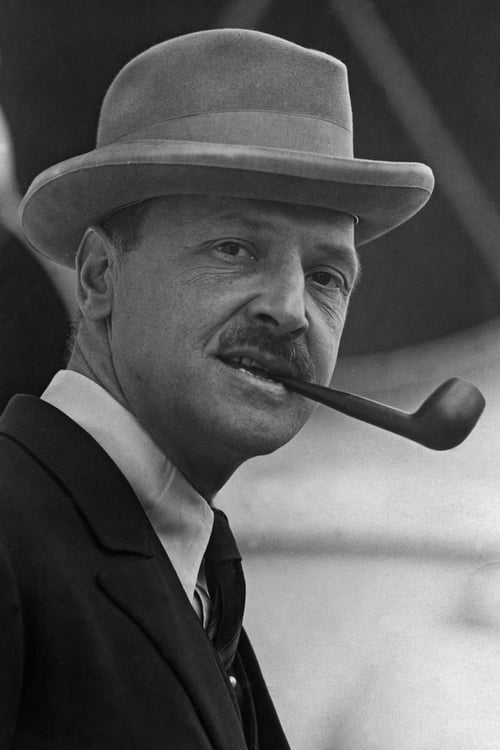East of Suez (1925)
All the allure of the Orient, with its seething Intrigues, its wily peoples, its mystery, and romance- are all found "East of Suez."
Gênero : Drama
Runtime : 1H 10M
Director : Raoul Walsh
Sinopse
After being educated in England, Daisy Forbes returns to China, the country of her birth, and discovers that her father has recently died and that she has become a social outcast, owing to the public revelation that the oriental nurse who raised her was actually her mother...

Aladdin e Jasmine finalmente decidem se casar mas, antes, ele deverá impedir que os quarenta ladrões roubem um de seus presentes de casamento, um misterioso oráculo, que pode levar a riquezas muito além da imaginação. Aladdin, Jasmine, Abu, o Tapete Mágico e o Gênio enfrentam perigos e fugas arriscadas durante uma verdadeira caçada ao rei dos ladrões e seu bando.
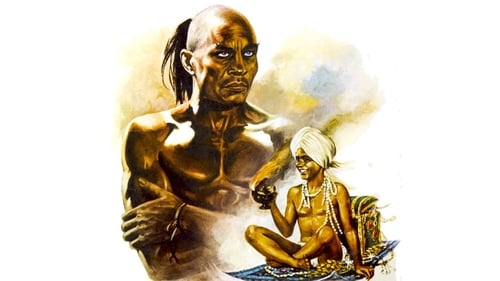
Menino ladrão das ruas de Bagdá ajuda jovem sultão deposto do trono por feiticeiro a recuperar o poder. Para isso conta com a ajuda de um gênio mágico que lhe concede três desejos.
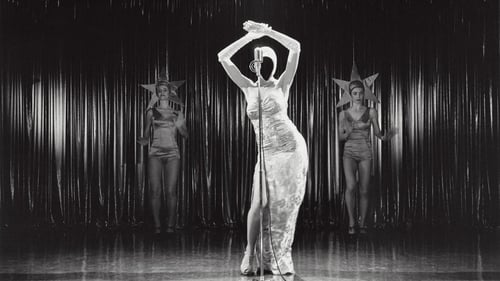
Uma metrópole dos anos trinta vive sobre o domínio do terrível Sr. TV. Na cidade, todos se comunicam apenas por palavras, exceto uma famosa cantora conhecida como "A Voz", a única pessoa que ainda pode falar. O vilão, porem, pretende agora usar a cantora para roubar as palavras das pessoas, para usá-las como matéria prima de seus produtos que vende por toda a cidade.

Quando seu neto é raptado durante o Tour de France, Madame Souza e seu amado vira-latas Bruno se juntam com as Irmãs Belleville - um grupo de senhoras cantoras e dançarinas do tempo de Fred Astaire - para resgatá-lo.
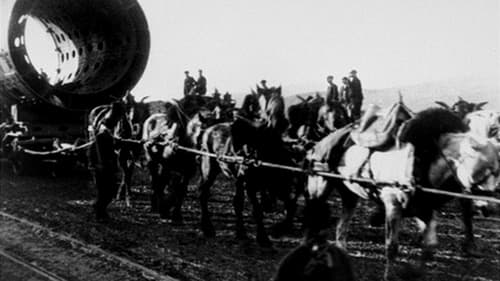
A very heavy turret is transported on a truck drawn by a long line of horses. The inscription “Charlemagne 53790K” readable on the turret suggests that this view was shot in the vicinity of Saint-Chamond, a town where there are factories specializing in the construction of heavy steel. It is certainly a turret intended for the battleship “Charlemagne”. In addition, a view projected by the Aléthorama on January 20, 1898 in Saint-Étienne, and entitled “Transportation of the armored turret of Saint-Chamond by a team of 80 horses”, could represent the same event.
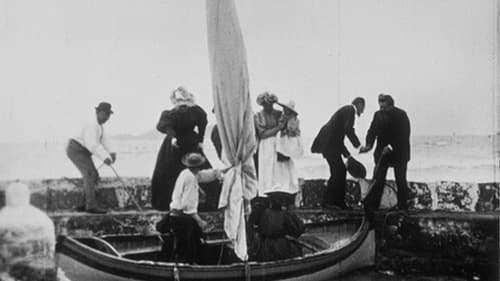
A boat returns to port, where passengers are helped ashore.

From Edison films catalog: Taken during the Klondike excitement. The streets are crowded with miners buying outfits and supplies. Mule trains, trolley cars and hurrying pedestrians give life and bustle to the scene. 50 feet. $7.50. Advertised as part of the "Northern Pacific Railway Series" (Edison films catalog): The following pictures were taken by our artists at various points on the Northern Pacific Railway. We are greatly indebted to their officials who afforded us every opportunity in their power to obtain these splendid views. Many of the scenes are incident to the excitement prevailing at the time of the Klondike gold rush. They show the resources of this company for handling large numbers of people, baggage, freight and excursion parties, and give to prospective tourists and merchants an idea of the facilities with which this road handles traffic of all kinds (p. 9). (LoC)

From Edison films catalog: A long line of horses, mules and ponies are led, driven and ridden into the yards, where they are sold and distributed.

A marriage procession following the bride and her father enter a church.

“Shows the vessel after she has been fully turned and on her way across the Pacific. The boat shows large and clear with smoke coming from the stack. In the foreground is a constantly changing crowd of people composed of men, women and children. Action is added by some late comers who rush to the dock to wave their last farewell. Life-size, sharp and clear.” (F.Z. Maguire catalogue)

From F.Z. Maguire catalogue: The background of this picture is the Lick Observatory, Mount Hamilton, Cal. This observatory, the gift of James Lick, of Pennsylvania, was constructed at a cost of $700,000, being equipped with one of the most powerful telescopes that has ever been produced, and is famous the world over. The view of the Observatory is very complete, showing the style of architecture, including the glass covered dome in which are placed the various astronomical instruments. Every Saturday night throughout the year is set apart for visitors to inspect the Observatory and look through the great glass. This view shows a coach load driving up and alighting.

Three young women with dark, curly hair stand on a stage with a black background and patterned carpet or tile underfoot. They wear tights, ballet shoes, and frilly dresses to the knee with multiple petticoats and ruffled drawers. They begin by raising their right legs up by their heads, and then perform a dance with a variety of kicks and leg movements, their hands either in the air or pulling up their skirts. The sisters also grab their right legs again and hop in a circle, then do cartwheels and land on the floor in the splits. Jumping back to their feet, the women twirl in circles and around each other in circles in what appears to be a type of pirouette, while holding up their skirts and showing their bloomers in a manner similar to the cancan.

“Another view in which the figures show larger. A springboard furnishes the bathers with much amusement; also a toboggan slide.” (Edison film catalog)

“By the Leanders. The dress of one consists of a pair of wings and a bow and arrow; the other represents a fairy. Bathers in all stages of dress and undress watch the graceful dance.” (Edison film catalog)

Daily practice of life boat crew, showing boat being upset purposely by the men. As these boats are self-righting and self-bailing, the scene is particularly interesting.

In the Chicago stockyards, the gates of a pen of long-horn cattle are open and the cattle are being herded out by several cowhands.

Amusing cake walk of three men and two women (colored) in costume, showing the usual antics that occur in affairs of this kind.

Johan Carl Joensen, a Danish colonial manager in Greenland, drives his dog sled in Copenhagen’s Fælledparken. (stumfilm.dk)

“A clever characteristic dance called the 'Yellow Kid.' Very unique. Stage is in the Sutro Baths, San Francisco, Cal., and the audience is composed largely of bathers.” (Edison Catalog)
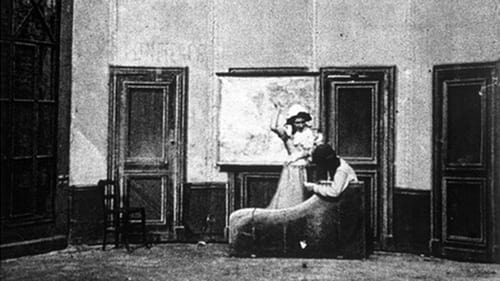
This early film made by Georges Hatot for the Lumière Company is a brief single shot-scene of the assassination of the French revolutionary writer, Jean-Paul Marat--who has the notorious distinction of having influenced the Reign of Terror.
